| Bio/Wiki | |
|---|---|
| Profession(s) | Vegetable Seller, Plastic Hawker |
| Known For | Killing and Dismembering 7 people between 1998-2007 in Delhi |
| Known As | The Butcher of Delhi [1]The Hindu |
| Physical Stats & More | |
| [2]The Indian Express Height | in centimeters– 178 cm in meters– 1.78 m in feet & inches– 5’ 10” |
| Eye Colour | Brown |
| Hair Colour | Black |
| Personal Life | |
| Date of Birth | Year, 1967 |
| Age (as of 2022) | 55 Years |
| Birthplace | Ghosai, Madhepura, Bihar |
| Nationality | Indian |
| Hometown | Ghosai, Madhepura, Bihar |
| Educational Qualification | Upto Class 8 [3]India Today |
| Food Habit | Non-vegetarian [4]The Cinemaholic |
| Relationships & More | |
| Marital Status | Married |
| Affairs/Girlfriends | Mamata |
| Marriage Date | Second Marriage– Year, 1997 |
| Family | |
| Wife/Spouse | • First Wife– Name Not Known (seperated within a year of their marriage) • Second Wife– Mamata (works at shoes factory) |
| Children | He has five daughters from his second wife. |
| Parents | Father– Radhey Kant Jha (worked in irrigation department) Mother– Champadevi (school teacher) |
| Siblings | He has five siblings named Nityanand, Indranand, Kalanand, Sadanand, and Deepak Kumar. One of his brothers works at the Central Reserve Police Force, and his other brother works at Bihar State Police. |

Some Lesser Known Facts About Chandrakant Jha
- Chandrakant Jha, an individual from India, gained notoriety as a serial killer for the period of 1998-2007 in Delhi, where he targeted and murdered his acquaintances.
- Chandrakant was born into a prosperous family, but his mother, being a working woman, was often unavailable to spend time with him. As a child, Chandrakant keenly felt the absence of his parents in the household. He harbored resentment towards them for neglecting his education and well-being.
- After finishing eighth grade at a nearby village school in 1986, he relocated to Delhi with the intention of finding employment. He landed a job at the Azadpur Mandi in Delhi, where he began his career as a vegetable vendor in the local market. Additionally, he also worked as a plastic peddler.
- During his early days in Delhi, Chandrakant Jha encountered a harrowing experience when he was assaulted by a local thug who viciously stabbed him in the chest. To add insult to injury, these assailants mocked him for being a ‘Bihari Migrant.’ Fortunately, Chandrakant’s friend stepped in, providing much-needed assistance by taking him to a doctor. Deeply shaken by this incident, Chandrakant made a firm decision to acquire self-defense skills, thus embarking on a journey to master Karate. Eventually, he confronted and defeated those very goons who had previously attacked him. Here is an old photograph of Chandrakant Jha.
- It has been reported that during that period, the local police were known to solicit money from impoverished vegetable vendors, while the union leaders unjustly deducted portions of the vegetable sellers’ daily wages.
- In 1998, Chandrakant made the decision to confront his union leader, who was known as Pandit in that particular area. A physical altercation took place between Jha and Pandit, resulting in Pandit’s injury. Subsequently, Pandit lodged a complaint against Jha, dragging Jha’s wife into the situation, leading to her imprisonment. While in jail, Pandit endured torment from the local police, primarily Balbir Singh. Pandit suffered physical abuse and humiliation as he was stripped naked in front of fellow inmates. This incident deeply affected Jha, causing him to internalize the belief that violence is the only solution to any form of injustice. Over time, he began to exhibit an aggressive nature and became easily provoked.
- Following his release from jail, he relocated his wife and daughters from Delhi to an undisclosed location. Consequently, Jha found himself living alone in JJ Colony, Haiderpur, Delhi. During this period, he extended his support to migrants hailing from Uttar Pradesh and Bihar, aiding them in securing employment opportunities in Delhi. Jha generously offered these individuals accommodation within his community, treating them with the utmost care and affection, akin to his own children. However, as time passed, his temperament grew increasingly volatile and aggressive, to the extent that even trivial matters such as drinking, smoking, dishonesty, or consuming non-vegetarian food led him to commit acts of violence against his own friends from Uttar Pradesh and Bihar.
- Jha’s first murder took place in Adarsh Nagar in 1998 when he killed Mangal, also known as Aurangzeb. Subsequently, the local police apprehended him but he was later released in 2002 due to insufficient evidence.
- He committed his second murder in June 2003, taking the life of his associate named Shekhar due to his alcoholism. Following the crime, he disposed of Shekhar’s body in an undisclosed location within Alipur, Delhi.
- In November 2003, Chandrakant committed his third homicide by taking the life of his co-worker, Umesh. Motivated by Umesh’s deceit and betrayal, Chandrakant disposed of the victim’s body near gate number 1 of Tihar Jail in Delhi.
- Jha murdered his associate, Guddu, in November 2005 over smoking ganja. He disposed of the body near Sulabh Sauchalya in Mongol Puri, Northwest Delhi.
- In October 2006, he mercilessly murdered one of his associates, Amit, because he deemed him a womanizer. Jha gruesomely dismembered Amit’s head, arms, and legs, while the remaining parts of the body were callously discarded in front of Tihar Jail by Chandrakant.
- Chandrakant Jha’s victims, Upender and Dalip, are shown in the photographs. Upender was killed in April 2007 due to his affair with one of Chandrakant Jha’s daughters, while Dalip was killed a month later for consuming non-vegetarian food.
- Chandrakant Jha, after carrying out the murders, would dismember the bodies and scatter them in various locations across Delhi in an attempt to confuse the local police. He would taunt the authorities by leaving notes along with the discarded body parts near Tihar jail. In one particular murder case, Jha left a note confessing his guilt, challenging the police to apprehend him. The note stated that previous cases were unjustified, but this time he acknowledged his true guilt. Jha expressed no fear of being exposed and urged the police to capture him for this heinous crime, addressing the note specifically to the Delhi Police, as well as mentioning their father and brother-in-law, CC.
- Some media sources report that Chandrakant would frequently carry out his murders after 8 pm. Prior to taking the victim’s life, he would begin by binding their hands and performing certain rituals. Following the act of killing, Chandrakant would consume his meals in the same vicinity as the victim’s lifeless body, with blood spattered across the floor. It was his belief that discarding the victims’ heads into the river Yamuna would grant him liberation, known as moksha.
- From 1998 to 2002, he faced numerous arrests in multiple murder cases, yet he managed to evade conviction each time due to insufficient evidence. However, in February 2013, he was finally apprehended and found guilty for three murders. The Rohini Court in Delhi sentenced him to death and imposed a fine of Rs 20,000. Surprisingly, upon his arrest, he expressed no remorse. In fact, he boldly claimed to be an expert in dismembering bodies. It was rumored that Jha sought vengeance against the Delhi Police, whom he believed wrongly punished him for crimes he never committed. In 2016, his death sentence was modified to life imprisonment. Presently, as of 2022, he remains confined in Tihar jail. On that particular day, Chandrakant Jha was en route to the court for a hearing.
- During the interview, Delhi Police officials provided insight into Chandrakant’s arrest. They attributed his heinous crime to his psychological issues. The first mistake Jha made was sending a letter to the police after leaving Amit’s torso in front of Tihar on October 20. In this letter, Jha accused former Additional Deputy Commissioner Manish Agarwal and Head Constable Balbir Singh of pressuring him to commit the murders. He also admitted to another murder in November 2003 and disposing of the body near Tihar. This revelation indicated that he had been released from Tihar prior to November 2003, prompting us to search for someone who had been imprisoned before that year. The officials further explained that Jha made another error when he contacted the Hari Nagar SHO immediately after disposing of the body on October 20th. Our strategy involved ensuring that the SHO engaged in a lengthy conversation with the killer to gather more clues. This conversation lasted for a total of seven minutes. Our next lead involved comparing the handwriting on the note found with the bodies to the handwritten statements of external individuals. Although we suspected Jha as the perpetrator, the challenging part was locating his hideout due to his habit of changing addresses every two weeks. We were aware of four possible hideouts: Yamuna Vihar, Alipur, Badola village, and Haidarpur. Our final clue was that he drove a rickshaw with a scooter attachment. Consequently, we thoroughly searched all four locations and eventually apprehended him in Alipur, where he was found enjoying halwa with his children.
- When reporters questioned Mamata, Chandrakant’s wife, about her husband’s crimes, she expressed that they had entered into a love marriage. She described him as having an impressive stature, striking looks, and remarkable intelligence. Mamata mentioned the significant age gap of thirteen years between them and highlighted that Chandrakant’s parents held esteemed positions in society, with his father being a retired government employee and his mother working as a school teacher. Although unsure about his educational background, she mentioned his fondness for reading newspapers. Mamata added that despite his own preference for non-vegetarian food, he never criticized others for consuming it. In fact, he thoroughly enjoyed indulging in meat and fish, especially relishing rich, oily curries accompanied by rotis. Coincidentally, her own tastes aligned with his in this regard.<br><br>When asked about the murder cases, Mamata recounted a completely different narrative. According to the police, they were living separately during the time when the alleged murders took place. However, she claimed it was impossible for them to be apart as she had no control over him staying away from her, despite her attempts. She also mentioned that the police claimed all the individuals associated with him were known to him, and if anyone from his village had come to stay with him, she would have been aware of it. Additionally, she emphasized that they never rented the room in Haiderpur, where the murders supposedly occurred.<br><br>Mamata continued, stating that she was never allowed to leave the house by Chandrakant. He would spend the entire day working and then return home to her. The thought of needing to work to support herself never crossed her mind. She shared that at the time, she was pregnant with their sixth child when he was arrested for the second time on May 19, 2007. Mamata recalled being in the kitchen preparing halwa while her children played, and Chandrakant observed her cooking. Later, her neighbors informed her that the whole street was filled with people when the police arrived. They took Chandrakant away in one car and put her and her children in another car. They were taken to the same police station but kept in separate holding cells for four days. Mamata expressed her fear and distress during this time, unable to eat or drink anything while her children constantly cried. Unfortunately, she suffered a miscarriage after their release, four days later when they returned home.
- Netflix released a series called ‘Indian Predator: The Butcher of Delhi’ in July 2022, which revolves around the heinous crimes committed by Chandrakant Jha. The series depicts Jha being granted parole in the same year.
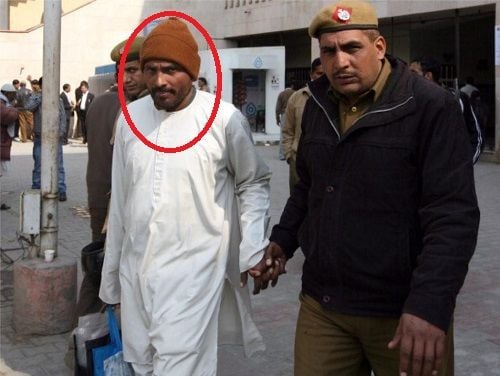

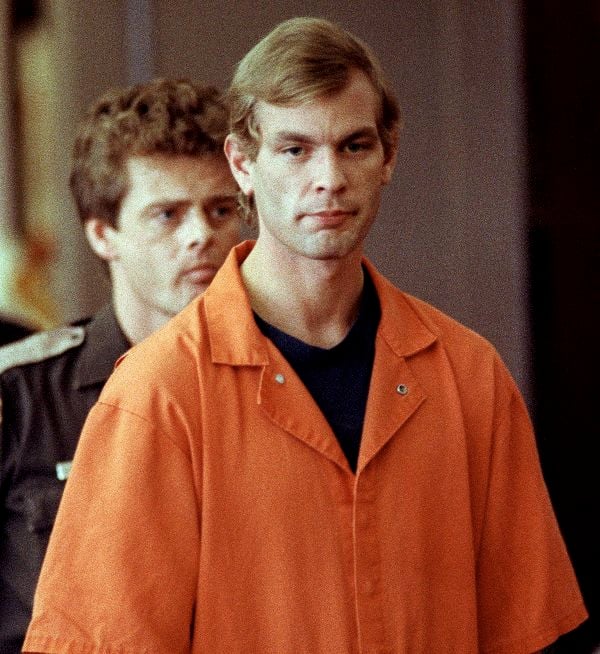




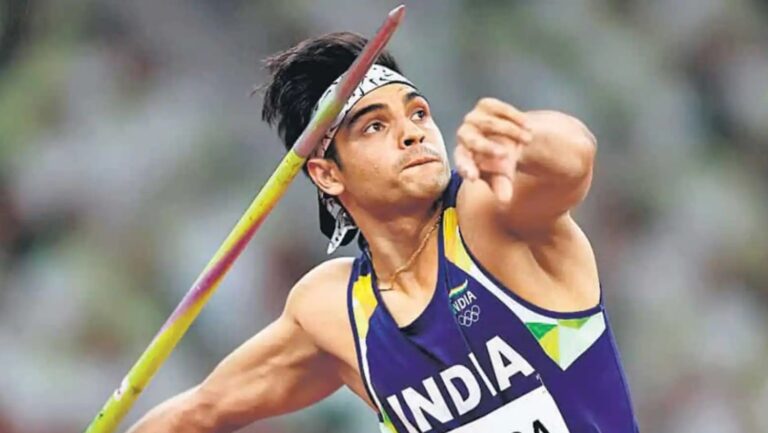
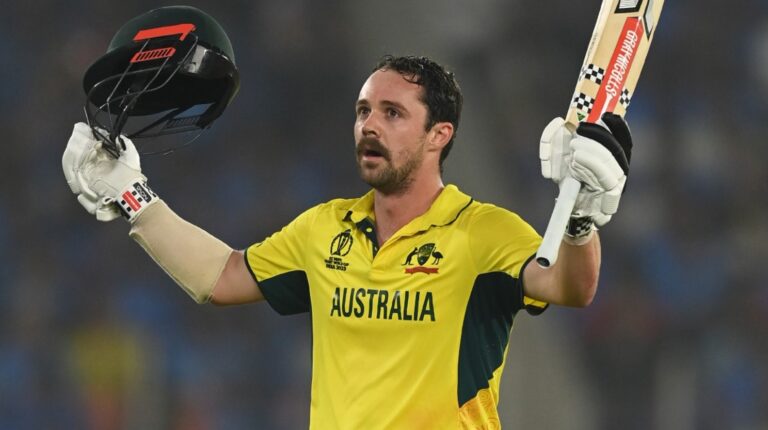


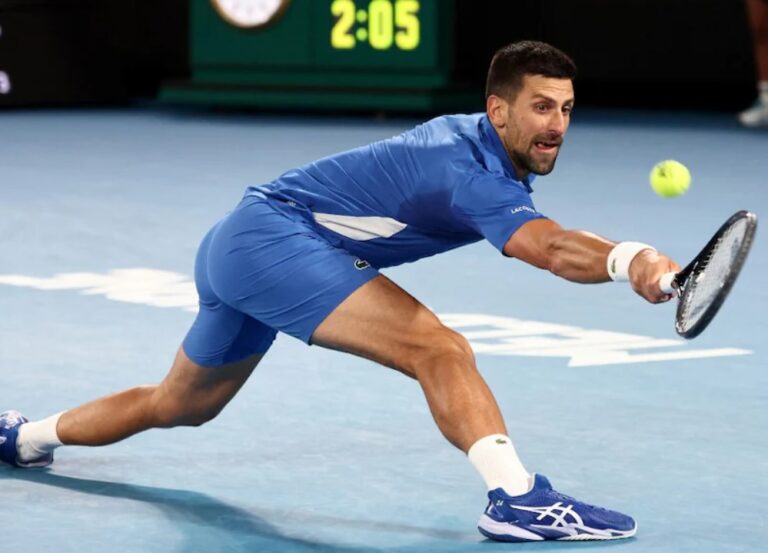

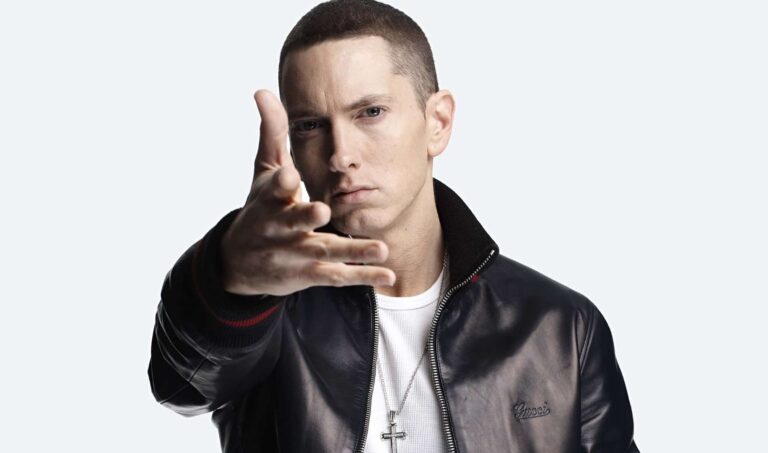
+ There are no comments
Add yours